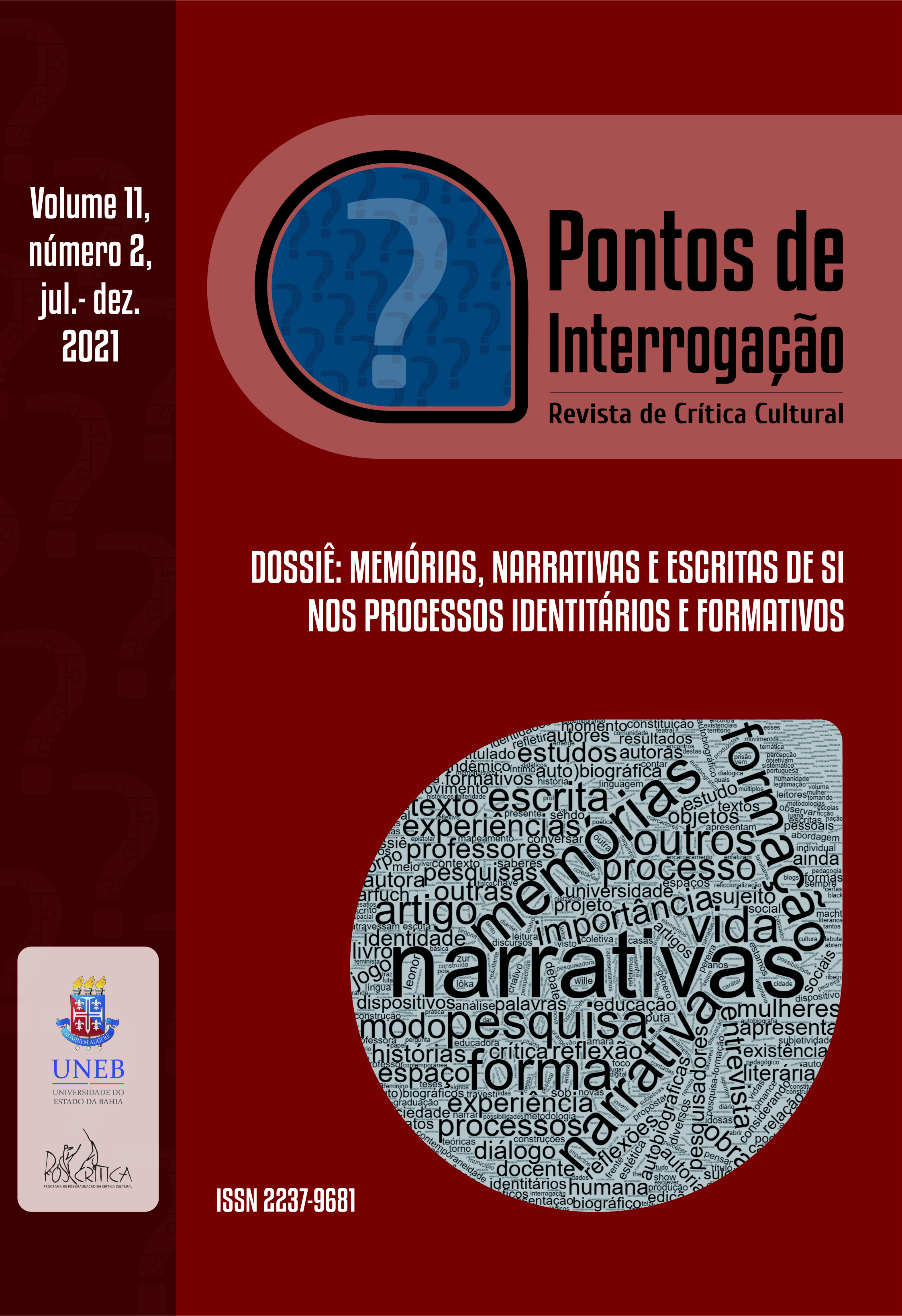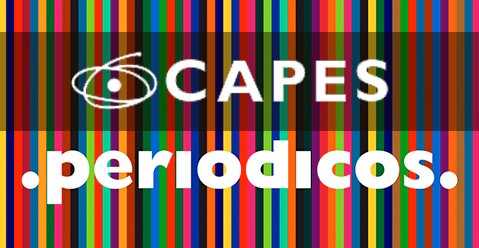Carbono and the memories of other
DOI:
https://doi.org/10.30620/pdi.v11n2.p189Keywords:
Collective memory, Alterity, RevoltAbstract
The book Carbono was made from walks, observations in the streets, family albums and conversations with residents of São Benedito. It is one of the results of the Espaço da Memória project, which has been operating since 2017, producing narratives by the residents of São Benedito, with an emphasis on the constitutions of this territory in the municipality of Santa Luzia on the border with Belo Horizonte. Frequenting the digital archives of Espaço da Memória, it is easy to see that many narratives intersect, highlighting commonalities. So common that they could be summarized in the difficulties of implantation in the Brazilian metropolitan peripheries, with the issues of lack of infrastructure and precarious access to housing. Associating the "documents" dispersed throughout São Benedito with those systematized in the Espaço da Memória archives, the initial question posed for the writing of Carbono was how to carry out a collective narrative from fragments of memories of others, of oneself and “documents” such as imagery findings, loose conversations, impressions of spaces and references dispersed in time. And what would result from these associations would certainly be a desubstantialized memory, but without the same certainty, it would tend towards some collective meaning. Perhaps, this collective sense leaves the transmigration of trauma to figure a post-memory in a mythical time-space, as understood by Furio Jessi, as the locus of revolt. Carbono brings seven narratives related to São Benedito. This article is a reflective sketch by the author himself, unfolding the plot of the book's realization. And, fundamentally, it is a digression on the writing process on the memories of others.
[Received on: July 29, 2021 - Accepted on: October 30, 2021]
Downloads
References
DRUMMOND, Washington. As cenas do sujeito e da narrativa. In: JACQUES, P.; DRUMMOND, W.; DULTRA, B. (Org.) Experiências metodológicas para compreensão da complexidade da cidade contemporânea. Tomo IV. Salvador: Edufba, 2015.
HIRSCH, Marianne. Family frames: photography, narrative, and postmemory. Cambridge: Harvard university press, 1997.
JESI, Furio. Spartakus. Simbologia da revolta. Trad. Vinícius Nicastro Honesko. São Paulo: n-1, 2018.
LEVI, P. Os afogados e os sobreviventes. Rio de Janeiro: Paz e Terra, 1990.
MENEZES, Cícero; SILVA, Breno. La revolte insubordonnée. Sociétes (Paris), v. 4/2020, p. 9-22, 2020.
SEBALD, W.G. Vertigem. Sensações. Trad. José Marcos Macedo. São Paulo: Companhia das letras, 2008.
SIDNEY, Roxane; SILVA, Breno. Espaço da memória no distrito de São Benedito. Belo Horizonte: Impressões de minas, 2019.
SILVA, Breno. O radicalmente outro nas cidades. Salvador: Edufba, 2018.
SILVA, Breno. Atravessando as terras de ninguém. Alagoinhas: Fábrica de letras, 2018.
SILVA, Breno. Carbono. Belo Horizonte: Impressões de minas, 2021.
UNO,Kuniichi. Hijikata Tatsumi. Pensar um corpo esgotado. Trad. Christine Greiner e Ernesto Filho. São Paulo: n-1, 2018.
WARBURG, Aby. A renovação da Antiguidade pagã; Contribuições científicoculturais para a história do Renascimento europeu. Rio de Janeiro: Contraponto, 2013.
YATES, F. A arte da memória. Trad. Flávia Bancher. Campinas: Editora Unicamp, 2013.
Published
How to Cite
Issue
Section
License
Copyright (c) 2021 Pontos de Interrogação – Journal of Cultural Criticism

This work is licensed under a Creative Commons Attribution-ShareAlike 4.0 International License.
Autores que publicam nesta revista concordam com o seguinte termo de compromisso:
Assumindo a criação original do texto proposto, declaro conceder à Pontos de Interrogação o direito de primeira publicação, licenciando-o sob a Creative Commons Attribution License, e permitindo sua reprodução em indexadores de conteúdo, bibliotecas virtuais e similares. Em contrapartida, disponho de autorização da revista para assumir contratos adicionais para distribuição não-exclusiva da versão do trabalho publicada, bem como permissão para publicar e distribuí-lo em repositórios ou páginas pessoais após o processo editorial, aumentando, com isso, seu impacto e citação.























